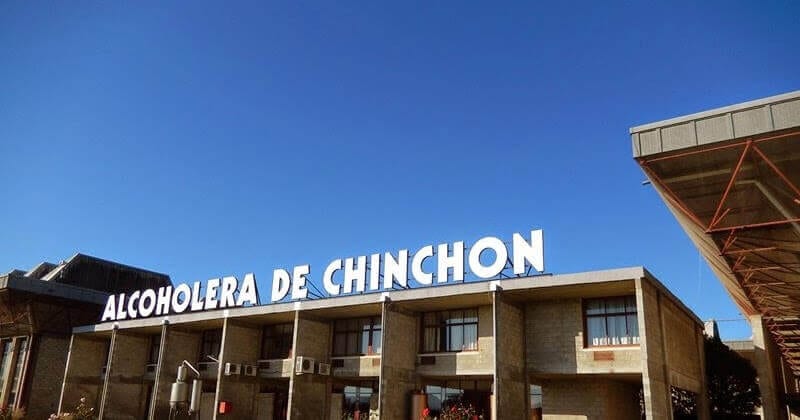Did you know that the Chinchón It is, in addition to a Madrid municipality, an aniseed spirit drink that has Protected Geographical Indication since 1991? Today we tell you more about this popular drink in Spain, Europe and even Mexico and the United States. A long history guarantees its quality.
What is the Chinchón?
El Chinchón is a product made and bottled in the municipality of Chinchón, which is located 50 kilometers east of the city of Madrid, hence its name. Between the eleventh and twelfth centuries, vines and anise began to be cultivated in the fields of this city. And during the XNUMXth century, the Chinchón Wine, Vinegar and Aguardiente Harvesters Society was created, which was also in charge of producing and marketing anise, which later led to a split that led to the Cooperativa Alcoholera de Chinchón, in 1911, which was exclusively entrusted to the elaboration, distribution and protection of this distillate. This society was the one that promoted the creation of the Protected Geographical Indication.
This product is made with the anise grain called Matalahuga. The process begins with the maceration of the anise grain for about 12 or 14 hours in a hydroalcoholic solution and then distills it in double-bottomed copper stills in which water vapor is introduced to prevent the liquor from sticking to the boiler. The result of all this process is a product colorless, transparent, without suspended particles and very bright. Likewise, its aroma is frank and clean and perfect to drink alone or in company on any occasion.

El Chinchón anise It has delighted the palates of great celebrities for the past three centuries. Since Francisco Goya, via Rafael Alberti, even Orson Wells. Since it is part of the preferences of the population when it comes to enjoying a good liquor. Its aniseed flavor gives it the perfect point to be a delicate digestive, so it is very common to taste it after a good dish.
What types of Chinchón are there?
According to its alcohol content, its sugar content and the essential oils it contains, there are four types of Chinchón. The first one that we are going to talk to you about is sweet. This type of Madrid anise contains 35 to 40% vol. with a sugar content greater than 200 gr./l. To obtain it, simple syrup of sucrose and white sugar are added.
The second type of Chinchón is the dry. From 40% to 50% vol. with a sugar content not exceeding 10 gr./l. To achieve this, the distillate obtained is mixed with demineralized water. Followed by this we find the extra dry, containing 50 to 55% vol. with a sugar content not exceeding 10 gr./l. Finally, for the most daring, there is the dry special. You can have up to 79 degrees of alcoholic graduation, although its sugar content is only around 10 gr./l.

How can you enjoy this drink?
You can drink this delicious drink alone or mixed with water, at room temperature or cold. Although there are also other interesting combinations such as mixing it with coffee (Carajillo), with Brandy de Jerez (Sol y Sombra) or with juice and lemon peel (Limoncillo), or as the cocktail that we are going to tell you about right now.
El half Blood is a delicious cocktail made with Chinchón, with young mezcal, with ginger syrup, with lemon juice, with slices of ginger, with lemon twist, cardamom and basil and with ice. Its preparation is simple. The first step is to marinate the ginger together with the lemon juice in a mixing glass for a few minutes. Then you must add the ice along with the liqueurs, the lemon twist and the cardamom, and shake the mixture well. Finally, serve in a glass and decorate it with basil.
You can get the Chinchón in supermarkets like Carrefour o To field, in online stores such as Amazon, or in liquor stores and specialized alcohol stores near your home. What are you waiting for to try this wonder alone, combined or in the recipe that we have told you about? Did you know this type of anise before we told you about it?






